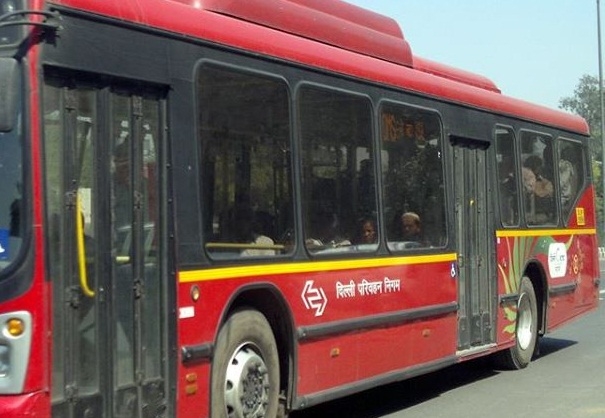New Delhi: Not a single complaint from the panic buttons installed in buses, taxis, and autos in the national capital reached the police’s control and command room (112) due to the lack of integration between the two systems, the Anti-Corruption Branch (ACB) claimed in an audit report on Tuesday.
According to the report, accessed by IANS, in January 2020, the Delhi government’s Transport Department and the Delhi Transport Corporation (DTC) entered into an agreement with TCIL for installing, maintaining, and monitoring CCTV, GPS systems, and panic buttons in DTC and cluster buses for a five-year period.
Subsequently, TCIL subcontracted the project to MAPL. Each bus was meant to have two wireless walkie-talkies, three CCTVs, one GPS system, and ten panic buttons.
Presently, around 4,500 buses have these instruments, with MAPL responsible for their operations.
The primary purpose of installing panic buttons was to allow passengers to raise alarms during emergencies. However, during inspections, the ACB found that the panic buttons were non-functional in many buses, and the control room’s display screens were also mostly non-operational.
Moreover, there was a lack of network connectivity between the control room and buses, and the CCTV monitoring centres were not adequately supervised. “Random physical inspections were carried out to verify the functionality of the panic buttons, and it was discovered that none of the 14 tested buses had operational panic buttons. Drivers and conductors confirmed that they never received any response from the control room when panic buttons were pressed,” the report said.
The report also highlighted “discrepancies” in payment and communication protocols. The drivers of DTC buses were unaware of installation and maintenance charges, as the department covered these costs.
“For cluster buses, private vendors paid the installation cost, and the Transport Department paid maintenance fees. However, no facility to raise emergency alarms to 112 through the DIMTS network was operational, and no complaints from the panic buttons reached the emergency helpline number,” it claimed.
The report further said that there is no network connectivity between control room and the bus drivers in most of the buses which are fully-equipped with Panic Buttons, CCTVs, GPS and other facilities on paper. “The ‘viewing centres’ (CCTV monitoring centres) are not being monitored by the qualified operators as MAPL has not provided their operators to viewing centers. There is not even a single complaint, emanating from the Panic Button, has been reported in the control and command room since the beginning of the project.”
“Random physical inspections of DTC/Cluster buses, taxis, TSRs etc. has revealed no response of Panic Button from the Control and Command Room. No well equipped control room is being operated to monitor the Panic Buttons alarm in DIMTS, but the maintenance charges are being collected from Taxi/TSR drivers,” the report added.
“There is no fix price of installation of VLTD and Panic Button as these approved venders are charged installation fees as per their monopoly,” it said.
The audit report raised “serious concerns about the project’s management and potential revenue losses to the government exchequer”.
It suggested a detailed investigation into the matter and proposed seeking approval under Section 17A of the POC Act for registering a case and initiating the investigation.
Reacting to the report, the Delhi government in a statement said that is not aware of any formal audit being carried out by the ACB, including whether appropriate technical protocols were being followed while conducting the audit or if the persons carrying the audit were technically qualified to do so. “Further, no reactions or inputs from Delhi government officials were sought regarding any findings of the audit, which they are bound to do before submitting any report to higher authorities.”
“Regardless, we would like to reiterate that safety and security of the passengers has always been the utmost priority for the Delhi government. All the necessary security measures are in place and are functioning effectively,” the Delhi government added.
“The Command-and-Control Centre at Kashmere Gate has played an important role in ensuring safety of all passengers especially women traveling in the DTC and Cluster buses. The Kashmere gate command centre is integrated with 112 and feed is also going to Delhi police through API. All Delhi buses are equipped with IP-based CCTV surveillance cameras, panic buttons, and GPS systems. The live feed of the CCTV inside the bus is regularly being watched at the control centres in real time and appropriate action taken in case of any incidences,” it said.
–IANS


Comments are closed.